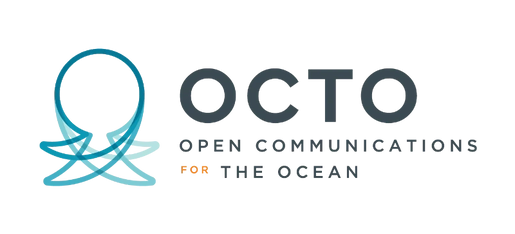TARU ELFVING
Taru Elfving is a Helsinki-based curator and writer focused on nurturing undisciplinary and site-sensitive enquiries at the intersections of ecological, feminist and decolonial practices.
As artistic director of CAA Contemporary Art Archipelago she currently leads a research residency programme on the island of Seili in the Baltic Sea in collaboration with the Archipelago Research Institute, University of Turku (FI).
She is also affiliated as a curatorial researcher in the transdisciplinary Centre for Sustainable Ocean Science (SOS) at Åbo Akademi University (FI).
She has published internationally and co-edited publications such as Contemporary Artist Residencies (Valiz 2019).
Check out more of Taru's curatorial work:
How does the ocean inspire you art?
As a contemporary art curator, I have focused on nurturing site-sensitive collaborations between artists, scientists and local communities in Turku Archipelago and across the Baltic Sea for 20 years now.
The Archipelago Sea has been an invaluable teacher for me in my attempts to address the urgencies of the escalating ecological crisis in dialogue with diverse fields and practices of knowledge.
The sea has taught me to critically reflect on the limits of my understanding and agency, while also gifting me with a deepening awareness of my embodied entanglement with the marine ecology.
I am, after all, just a small body of water, in fluid connection to the global currents, and able to breathe thanks to the minute plankton and underwater meadows tirelessly oxygenating the Earth’s atmosphere.
Do you have a personal or first experience with the ocean that inspires your art?
As I returned to Finland and the shores of the Baltic Sea after 15 years of living in the heart of the urban sprawl in London, I came to realise how the sea had shaped me and how profoundly I had missed it.
What brought me back to my old hometown of Turku was the opportunity to co-curate an extensive exhibition of new, site-specific contemporary artworks across the Turku Archipelago. I worked on this together with artist and filmmaker Lotta Petronella, as part of the Contemporary Art Archipelago (CAA) project for the Turku 2011 European Capital of Culture programme.
This turned into an ongoing deep dive into the sea that I had grown alongside yet hardly paid attention to earlier. The Archipelago Sea reflected with such clarity and complexity the intricate intertwinement and inseparability of environmental and societal concerns.
The sea made it tangible how the ecological crisis is a cultural crisis.
Tell us about art you have curated that is inspired by the ocean
Contemporary Art Archipelago (CAA) grew into a curatorial collective which I co-founded and lead with Lotta Petronella, who initiated our collaboration in the archipelago.
CAA has worked on the island of Seili in close collaboration with the Archipelago Research Institute (University of Turku) since 2017. The island offers a rich context for artistic inquiries as a microcosm that reflects the acute planetary challenges of the present against complex historical trajectories.
Long-term scientific study of changes in the local marine ecosystem entwines here with centuries of institutional biopolitics of care and control. Guided by the question of How Do You Know What You Know? we have realised artist residencies at the research institute, annual collective retreats for artists and researchers, new commissioned art works, performances and exhibitions, publications, workshops and symposia.
For example, in a number of events and exhibitions we have been guided by scientists and artists to follow the distressed Baltic herring - attempting to sense and make sense of the transformations of its underwater habitat by listening to and floating in the brackish waters, and by attending to the tiny herring otoliths (ear bones) that record environmental changes in the Baltic Sea like a black box.
Why is it important to protect marine spaces?
Marine ecologies and the many threatened marine species have their intrinsic value, of course, and for me it is an ethical imperative to protect the life of the oceans.
These ecologies cannot be reduced to, for example, human-centric ecosystem services. Yet it seems necessary these days to emphasise our complex dependency on the health of the seas and oceans, from the local level of everyday food production and other livelihoods all the way to the planetary scale of the oceans’ role in the changing climate and weather patterns, etc.
Our fate is inseparable from the future of the oceans.
What can art bring to the conversation in marine protection?
Art can have a crucial role in the restoration of relations between humans and the rest of nature in numerous ways, for example by re-storying these interdependent relations, engaging people in embodied and emotional ways with the urgent challenges marine ecologies face, and envisioning sustainable futures that motivate communities in taking part in marine protection.
"I am, after all, just a small body of water, in fluid connection to the global currents, and able to breathe thanks to the minute plankton and underwater meadows tirelessly oxygenating the Earth’s atmosphere."
Taru Elfving


Join us for a special OCTO webinar celebrating MPA DAY
10 February 2026, 16:00 CET / 17:00 EET/SAST

